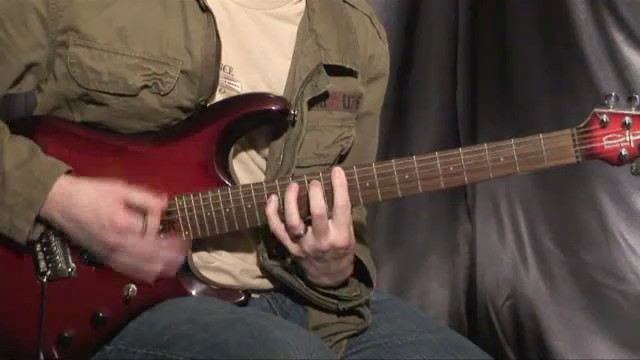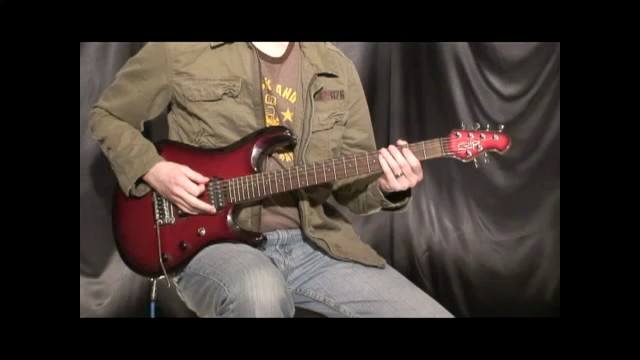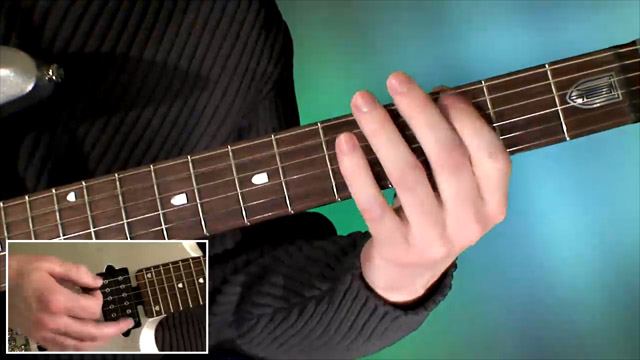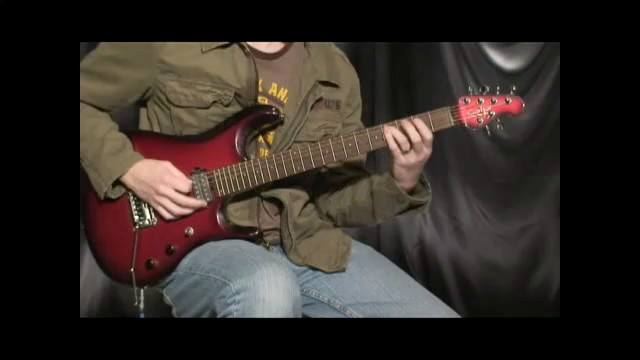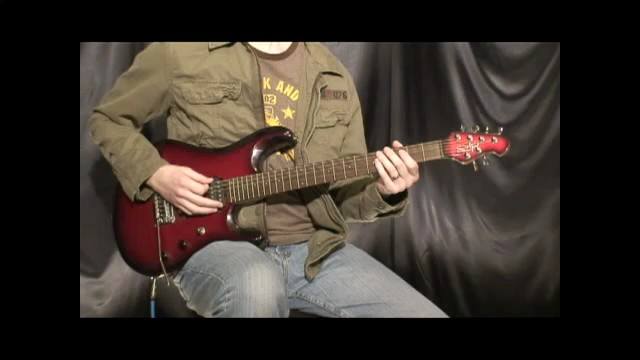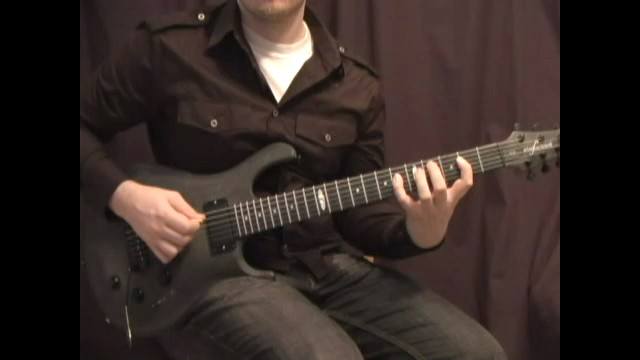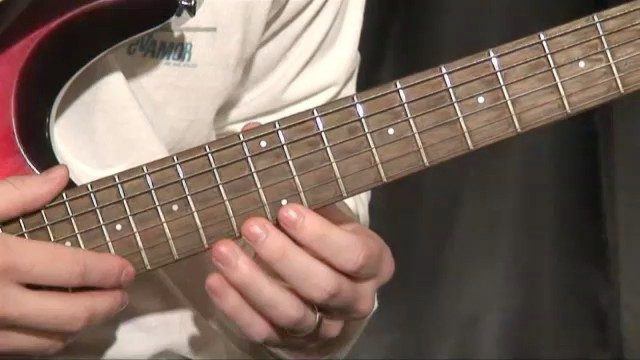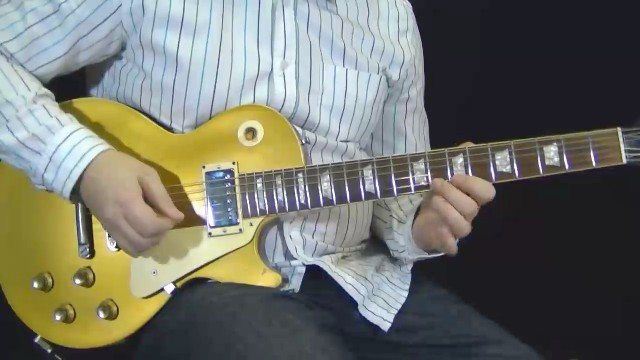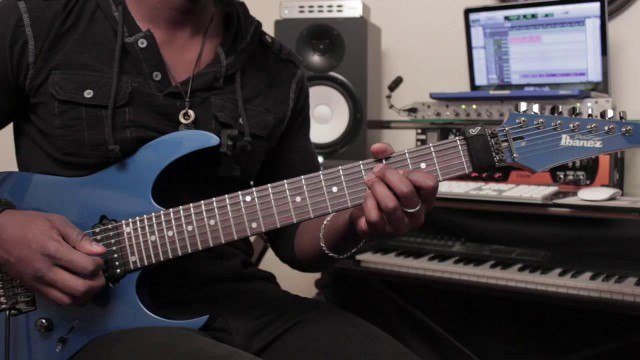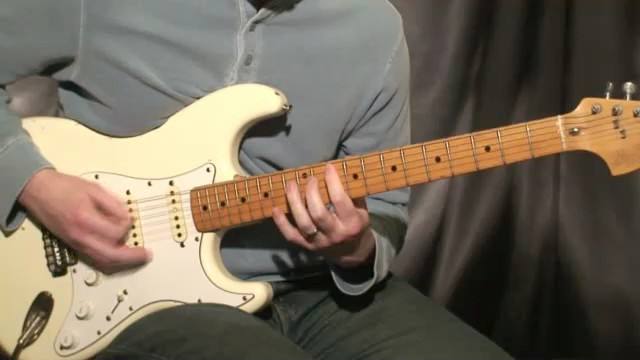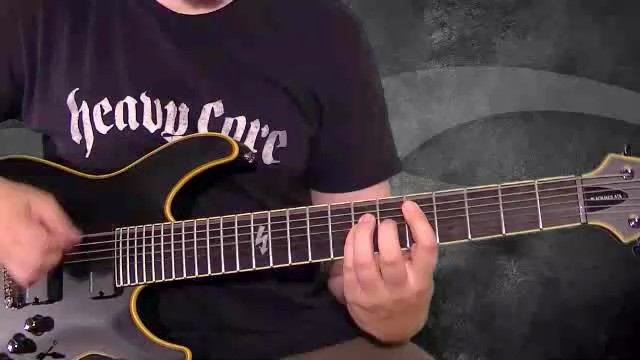With this tutorial, I hope to unlock any misconceptions you might have about "drop D tuning". Essentially, drop D tuning is a way to get extended low range.
Lets begin by tuning our guitar to drop D.
The simplest way to tune to drop D is to strike the low E string along with the D string (4th) simultaneously, while lowering the tuning of the E string until the pitches "match". The low E string will simply become an octave-lower D note in relation to the regular D string. You can also use a tuner and simply tune the low E string down until it registers as a D note. Depending on your bridge/tremelo system, some complications could arrise. Just note that the 6 strings (from low E to high E) should register as: DADGBE.
So, now that we're in drop D, one of the first things you've probably already noticed is that we now have two D note strings... within the top three strings! You'll quickly learn that this can be used to your advantage as those two/three fret stretch chord voicings in standard tuning are now diminished to being playable within one fret, or two adjacent frets. For instance, a 5 chord (power chord) is now playable by simply barring the top three strings. Drop D progressions (specifically within the rock/metal style of riffing) tend to have a fairly distinct sound because of this. Moving power chords at high speeds while remaining clean is much more efficient in drop tunings.
In any event, lets get into learning our "new" fretboard and having some fun with some sweet riffs!





